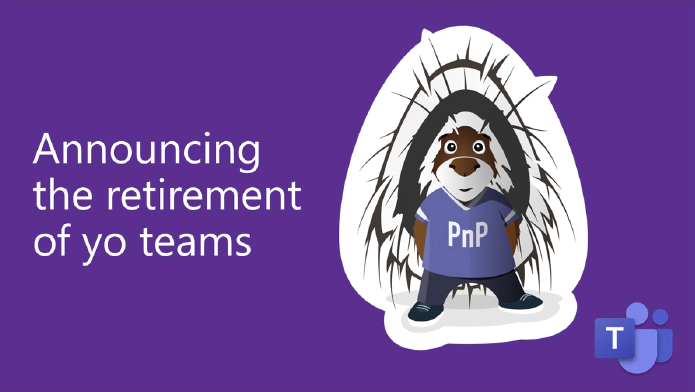I’ve been building chat-bots for a while now and I’m seeing more and more requests of building these bots for enterprises. For bots targeted at the enterprise, perhaps being hosted in Microsoft Teams, one of the first requirements is that they should get data from their internal systems and most specifically from Office 365, through the Microsoft Graph. The problem here is that we need to authenticate and authorize the user, through Microsoft Azure AD, to be able to access these resources. A Microsoft Bot Framework bot, does not inherit the credentials or security tickets from the application the bot is being invoked from, so we need handle this ourselves. For instance, even though you have logged in to Microsoft Teams, or Skype for Business or your Intranet – your security token cannot (and should not) be passed to the Bot.
